The haunting melodies of the Icelandic fiðla have echoed across the rugged landscapes of the North for centuries. This traditional bowed instrument, carved from the resilient Arctic birch, carries within its slender frame the whispers of ancient sagas and the raw beauty of Iceland’s untamed nature. Unlike the more refined violins of continental Europe, the fiðla possesses a raw, almost elemental tone—a sound shaped as much by the harsh climate of its homeland as by the hands of its makers.
To understand the fiðla is to understand the wood from which it is born. Arctic birch (Betula pubescens), the only native tree species to survive Iceland’s volcanic soil and relentless winds, grows slowly and under duress. Its dense, tightly packed fibers—forged by centuries of battling icy gales—create a wood of remarkable acoustic properties. Luthiers prize this material for its ability to produce a clear, resonant sound with a distinctive Nordic character: bright yet melancholic, like sunlight glancing off a glacier.
The crafting of a fiðla is an act of alchemy between artisan and environment. Each instrument begins as a carefully selected birch log, often harvested during the fleeting summer months when the sap runs rich. The wood is then aged for years—sometimes decades—in drying sheds where the salty Atlantic air further seasons it. This patient process ensures stability; Arctic birch, though strong, is prone to warping if rushed. When finally carved, the wood reveals its secrets: subtle variations in grain density that lend each fiðla a voice entirely its own.
Modern acousticians have taken keen interest in the fiðla’s unique sound profile. Unlike spruce—the standard for European string instruments—Arctic birch produces higher overtones with less attenuation, resulting in a "colder" tonal quality that seems to mirror Iceland’s landscapes. Research conducted at the University of Reykjavík suggests that the wood’s cellular structure, evolved to withstand freezing temperatures, creates microscopic air pockets that enhance high-frequency resonance. This may explain why the fiðla’s music feels so vividly alive, as if the very wind through birch leaves were given audible form.
Yet the soul of the fiðla cannot be measured in frequencies alone. Icelandic folk traditions speak of instruments "remembering" the storms that shaped their wood, and indeed, players often describe an almost symbiotic relationship with their fiðla. The renowned musician Einar Jónsson once remarked that his instrument "sings not with notes, but with the cracks of ice on a winter lake." Such poetic descriptions hint at a deeper truth: in a land where nature dominates culture, the line between material and music blurs. The fiðla does not merely produce sound—it translates the Arctic wilderness into song.
Today, as luthiers experiment with synthetic materials and digital modeling, the fiðla stands as a testament to the irreplaceable marriage of organic material and musical tradition. A handful of craftsmen—mostly in remote workshops along Iceland’s fjords—continue to harvest Arctic birch using sustainable methods, ensuring that future generations may still hear this singular voice of the North. Their work safeguards more than an instrument; it preserves a sonic fingerprint of Iceland itself, carved from wood that refused to bend to the harshest of elements.
To play the fiðla is to converse with centuries. When the bow touches those birchwood strings, it awakens memories of Viking explorers, of sheep grazing in lava fields, of silent winters broken only by the creak of growing ice. In an age of mass production and disposable culture, the fiðla reminds us that some harmonies can only emerge from patience, struggle, and the quiet strength of a tree that learned to sing.

By /Jun 6, 2025

By /Jun 6, 2025
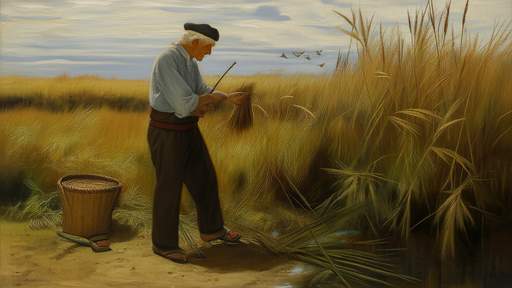
By /Jun 6, 2025
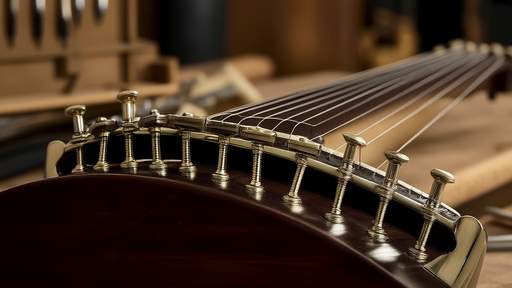
By /Jun 6, 2025
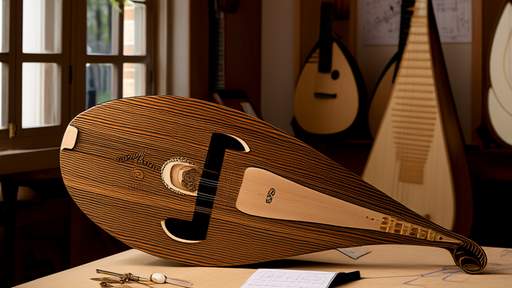
By /Jun 6, 2025
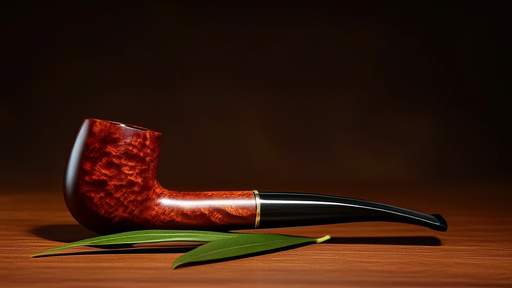
By /Jun 6, 2025

By /Jun 6, 2025

By /Jun 6, 2025

By /Jun 6, 2025

By /Jun 6, 2025

By /Jun 6, 2025

By /Jun 6, 2025
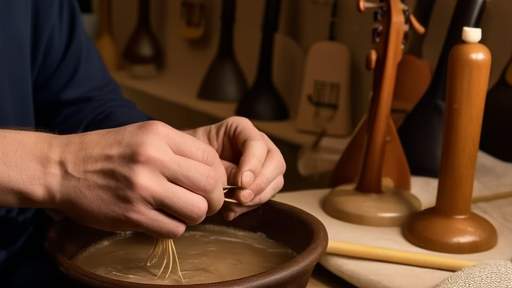
By /Jun 6, 2025

By /Jun 6, 2025
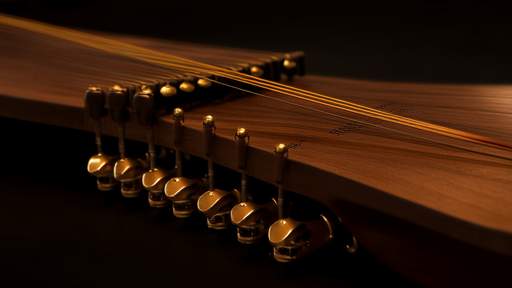
By /Jun 6, 2025
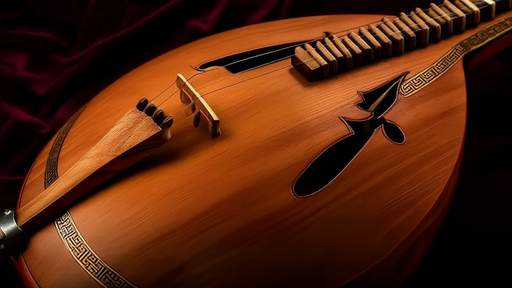
By /Jun 6, 2025

By /Jun 6, 2025
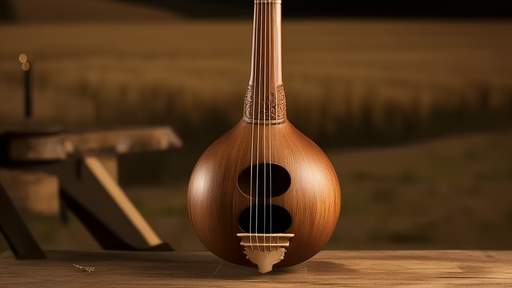
By /Jun 6, 2025
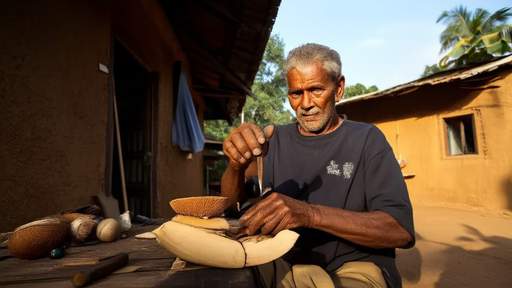
By /Jun 6, 2025
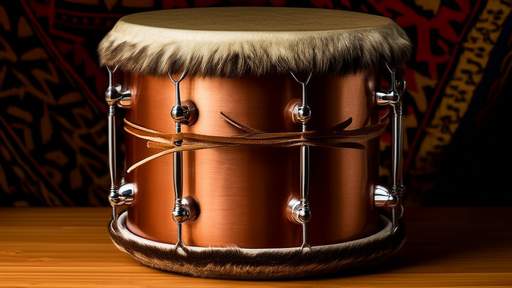
By /Jun 6, 2025